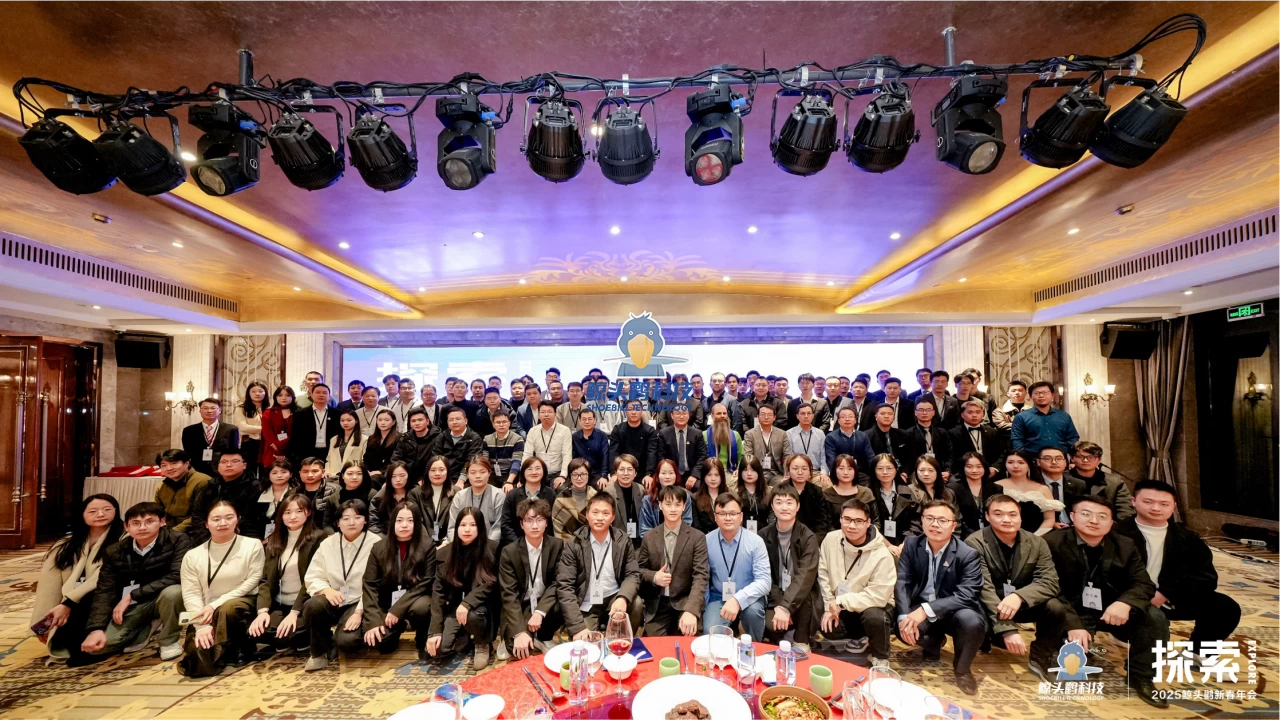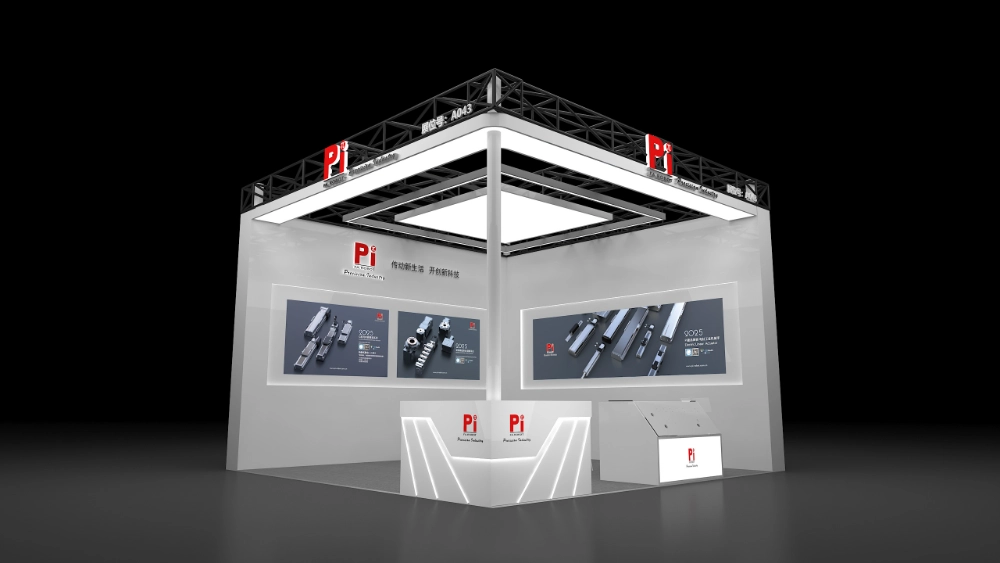In recent years, the standing desk has gained immense popularity, transforming the way we work and interact with our environments. As more individuals and organizations recognize the importance of ergonomics and health in the workplace, the choice of materials for standing desk tops has become a crucial consideration. This article delves into the various materials available for standing desk surfaces, evaluating their pros and cons to help you make an informed decision.
Understanding the Importance of Material Selection
When selecting a standing desk top, the material plays a pivotal role in determining not only the aesthetic appeal but also the functionality, durability, and overall user experience. The right material can enhance your workspace, support your health, and contribute to your productivity. Here, we explore the most common materials used for standing desk tops, examining their characteristics, benefits, and potential drawbacks.
- Wood: The Classic Choice
Pros:
- Aesthetic Appeal: Wood offers a timeless, warm look that can complement various office styles.
- Durability: High-quality hardwoods, such as oak or maple, are known for their strength and longevity.
- Natural Feel: Wood provides a tactile experience that many users find comforting.
Cons:
- Cost: Solid wood can be expensive compared to other materials.
- Maintenance: Wood surfaces may require regular maintenance, such as polishing or sealing, to prevent damage from moisture or scratches.
- Laminate: The Versatile Option
Pros:
- Affordability: Laminate surfaces are generally more budget-friendly than solid wood.
- Variety of Designs: Available in numerous colors and patterns, laminate can mimic the appearance of wood or stone.
- Easy to Clean: Laminate surfaces are resistant to stains and easy to maintain.
Cons:
- Durability Concerns: While laminate is resistant to scratches, it can chip or peel over time, especially at the edges.
- Less Eco-Friendly: Many laminates are made from synthetic materials, which may not appeal to environmentally conscious consumers.
- Bamboo: The Sustainable Choice
Pros:
- Eco-Friendly: Bamboo is a rapidly renewable resource, making it a sustainable option for environmentally conscious consumers.
- Strength and Durability: Bamboo is surprisingly strong and can withstand significant wear and tear.
- Unique Aesthetic: The natural grain of bamboo adds a distinctive look to any workspace.
Cons:
- Cost Variability: While some bamboo options are affordable, high-quality bamboo can be pricey.
- Sensitivity to Humidity: Bamboo can expand or contract with changes in humidity, potentially affecting its stability.
- Glass: The Modern Touch
Pros:
- Sleek Appearance: Glass tops provide a contemporary, minimalist look that can elevate any office space.
- Easy to Clean: Glass surfaces are non-porous and can be easily wiped down.
- Reflective Surface: Glass can enhance lighting in a workspace, creating an open and airy feel.
Cons:
- Fragility: Glass can be prone to scratches and breakage, requiring careful handling.
- Weight: Glass tops can be heavy, necessitating a sturdy frame to support them.
- Metal: The Industrial Option
Pros:
- Strength and Stability: Metal surfaces are incredibly durable and can support heavy equipment without warping.
- Modern Aesthetic: Metal offers a sleek, industrial look that appeals to many contemporary designs.
- Low Maintenance: Metal surfaces are resistant to stains and easy to clean.
Cons:
- Temperature Sensitivity: Metal can become hot or cold to the touch, which may be uncomfortable for some users.
- Limited Design Options: While available in various finishes, metal lacks the warmth and texture of wood or bamboo.
Conclusion: Finding Your Ideal Standing Desk Top Material
Choosing the best material for a standing desk top ultimately depends on your personal preferences, budget, and workspace requirements. Each material has its unique advantages and disadvantages, making it essential to consider factors such as aesthetics, durability, maintenance, and environmental impact.


